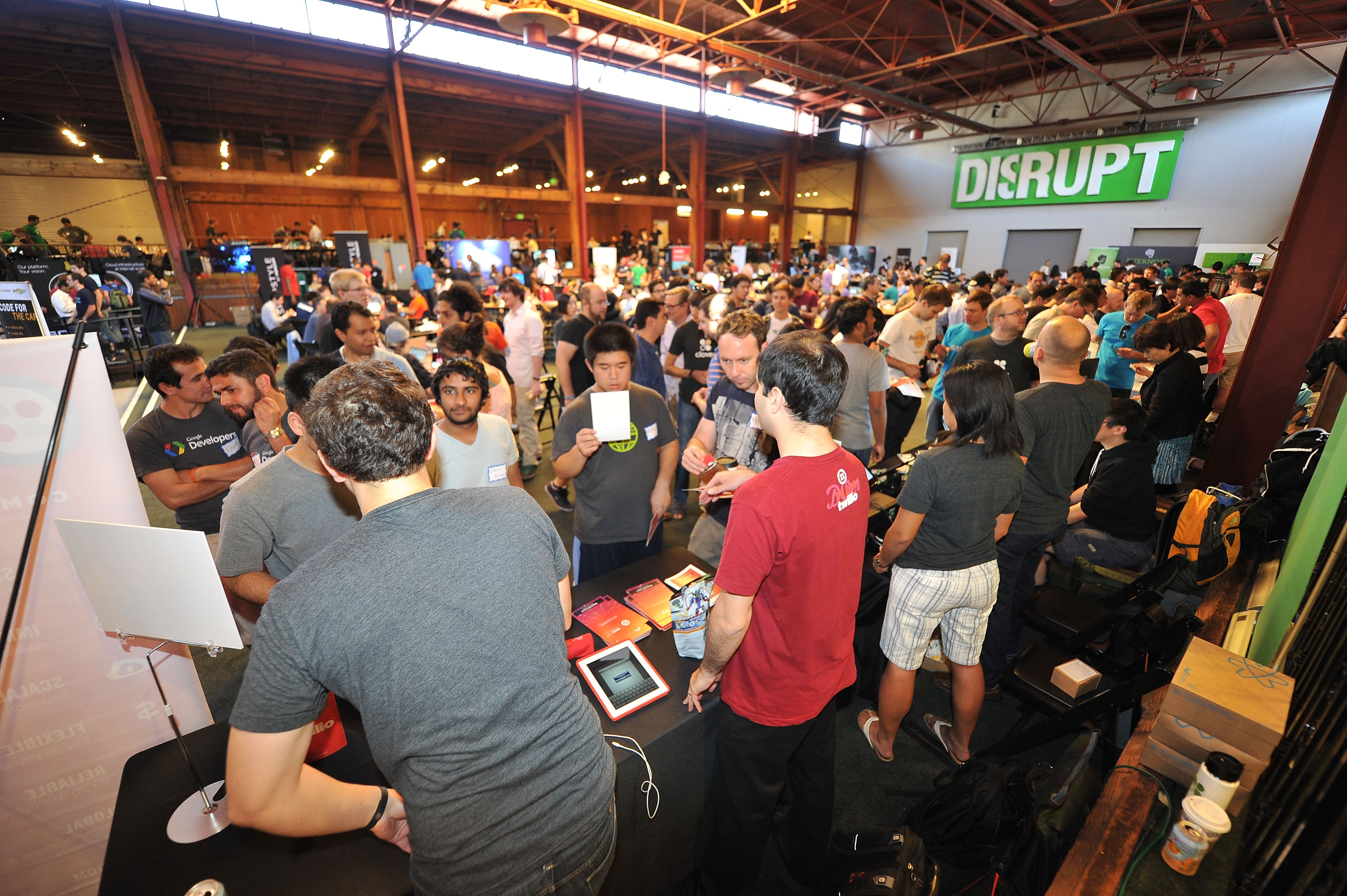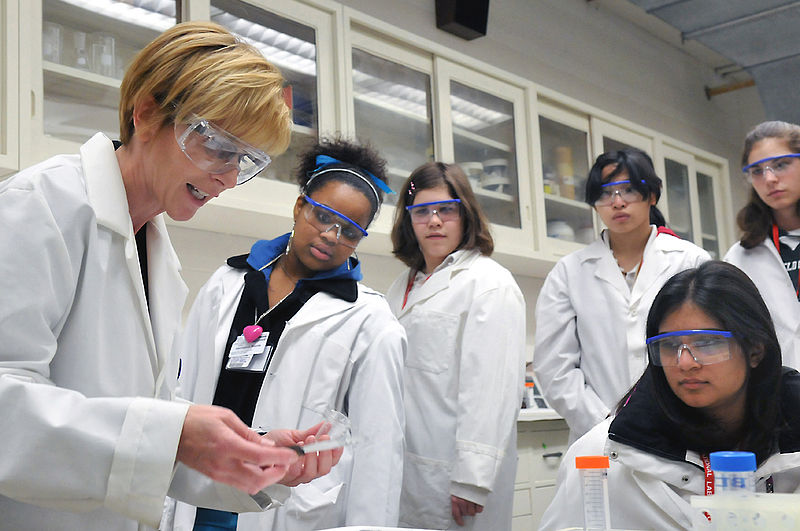Weekly Roundup is a McNair Center series compiling and summarizing the week’s most important Entrepreneurship and Innovation news.
Here is what you need to know about entrepreneurship this week:
Crowdfunding
Tay Jacobe, Research Assistant, McNair Center for Entrepreneurship and Innovation
This week, McNair’s Jacobe analyzes a relatively new phenomenon in capital fundraising: crowdfunding. Crowdfunding enables startups and entrepreneurs to raise capital for their businesses, without going through more formal sources of funding like angel investors, bank loans and VC funds. Although Indiegogo and KickStarter are by far the largest and most successful crowdfunding websites, many additional crowdfunding platforms have emerged in recent years. In 2015, the crowdfunding industry was valued at roughly $17.25 in comparison to $58.8 billion for VC funds.
While startups may find success in raising cash on crowdfunding sites, there is still no guarantee that the startup will be successful. This uncertainty holds for VC-backed startups as well, but unpredictability becomes a particular concern for crowdfunding-backed startups; the success rate of Kickstarter’s startups stands at 35.72 percent.
According to a study conducted at the Wharton School, a differentiating factor between startups that go through successful crowdfunding campaigns is strategic and longterm planning. Jacobe believes that “crowdfunding has potential to shake the dynamics of investment in the coming decades.” In order for crowdfunding to reach its full potential as an alternative platform for entrepreneurs to raise capital, policymakers should implement regulations that support and empower the crowdfunding environment
Startups Seeking Funding Should Consider Corporate Venture Capital Arms
Richard Harroch, Contributor, Forbes
In recent years, many large corporations, like Google, Nokia and Qualcomm, have been sprouting “venture capital arms.” Venture capital arms or corporate venture arms are VC funds that are separately owned or subsidiaries of a parent company. According to Forbes’ Harroch, corporate venture arms typically participate in seed, Series A and Series B investment rounds. These funds often look out for startups that offer the parent company a strategic or synergistic edge.
Among other positive outcomes, the corporate venture model benefits startups by providing credibility, a larger consumer base, access to an expansive network of resources and connections and strategic and industry-specific guidance. However, as pointed out by Michael Yang, the Managing Director for Comcast Venture, “there is no shortage of capital for the best startups.” Because the most promising startups can easily choose from a wide range of investing options, corporate arms distinguish themselves from traditional VC funds by leveraging their in-house expertise and ability to benefit companies post-investment.
Venture capital arms are a strategic and financially attractive option for many large corporations. Parent companies gain access to new and disruptive technologies, potential industry partners, budding industry talent, insight into alternative business models and additional sources of cash inflow.
Tech Startup Market Sinks to Lowest Point in Three Years
Sarah McBride, Journalist, Bloomberg
Stock markets have been enjoying a post-election rally amid expectations of infrastructure spending, decreased regulations and corporate tax cuts. Since January 26th, the Nasdaq Composite Index soared 13% percent and the Dow Jones Industrial Average broke the 20,000 mark.
However, Bloomberg’s McBride points out under-performance by one key segment of the market: private technology startups. While private tech startups are also likely to benefit from the Trump administration’s proposed tax cuts and deregulation, stricter immigration rules for the H-1B visa program could prove harmful. Bloomberg’s U.S. Startups Barometer measures startup deal-making in the U.S. at 37 percent below its level from December, putting the startup sector at its lowest point since April of 2014.
Although private market deals tend to reach a lull at the beginning and end of the year, deal flow in 2017 seems unusually low when compared to previous years. According to McBride, many VCs are now facing “the prospect that they had overpaid for many investments” in previous years, “particularly the coveted unicorn startups valued at $1 billion or more.”
Fortunately, the recent slow in deal flow is not symptomatic of a lack of capital; according to the National Venture Capital Association, U.S. venture funds raised $41.6 billion in 2016, “ the most since the dot-com days of 2001.” Despite the current trend, McBride expects more VC-backed private technology firms to go public.
And in startup news…
More bad news: JackThreads, Stayzilla shutting down
Dana Olsen, Financial Writer, PitchBook
Pitchbook’s Olsen reports on recent layoffs by VC-backed startups. In 2016, many startups halted operations and trimmed down their work forces. Last year, employees at many startups like Sonos, Pebble, Shyp, Optimizely, Yik Yak and Github faced waves of layoffs. Unfortunately, layoffs in the startup sector seem likely to continue into 2017. Munchery, Joyable, JackThreads and Stayzilla are four startups that have already instituted mass layoffs ahead of March. According to Olsen, VC-backed Stayzilla and JackThreads are also considering shutting down operations due to unsound financial practices and lack of profitability.
SoftBank set to invest more than $3 billion in WeWork
Brian Sullivan, Reporter, CNBC
WeWork is reportedly set to receive over $3 billion in investment from Japanese VC firm, SoftBank. WeWork, founded in 2010 in New York City, provides coworking spaces, networking opportunities and educational services to entrepreneurs, small businesses and freelancers. Since opening its original office location in New York City in 2010, WeWork has expanded its operations nationwide and globally, with a new location likely to open in downtown Houston later this year, The startup currently offers over 150 coworking spaces, with locations in most major U.S. cities and over 15 countries.
At the time of its last investment, WeWork was valued at approximately $17 billion. With the deal, WeWork’s valuation would surpass $20 billion. In recent years, this successful startup has accumulated over $1 billion in capital from prominent VC firms like Goldman Sachs, Benchmark and Hony Capital.
SoFi Raises $500 Million Led by Silver Lake for Global Expansion
Selina Wang, Reporter, Bloomberg
Founded in 2010, San Francisco-based Social Finance Inc. (SoFi) provides modern underwriting services. Using SoFi, customers can purchase financial products, such as student loan refinancing, mortgage loans, personal loans, wealth management and life insurance online.
In its latest funding round, SoFi raised over $500 million, drawing investments from SoftBank, GPI Capital and some sovereign wealth funds, but PE firm Silver Lake Partners led the charge. The recent funding round will support SoFi’s efforts to break out into international markets and expand its financial product offerings. Many SoFi executives have expressed interest in providing customers with an larger set of personal financing tools, such as mobile deposit.














 vement, behind the United States.
vement, behind the United States.